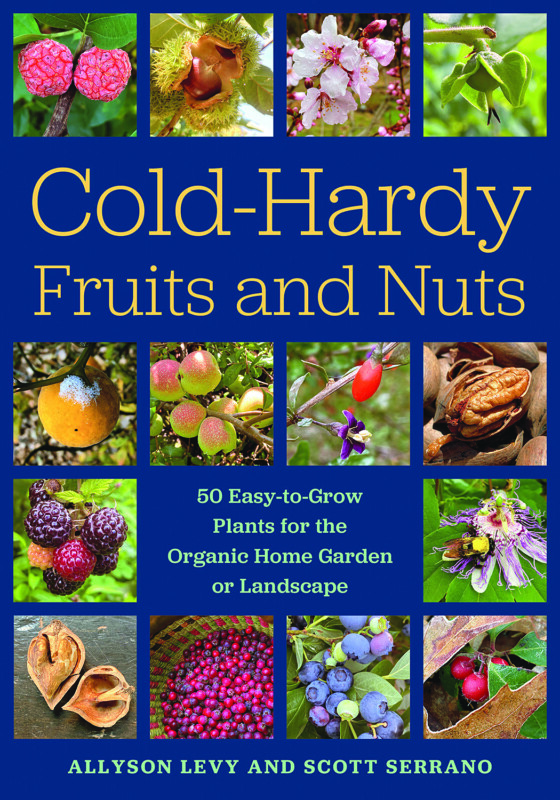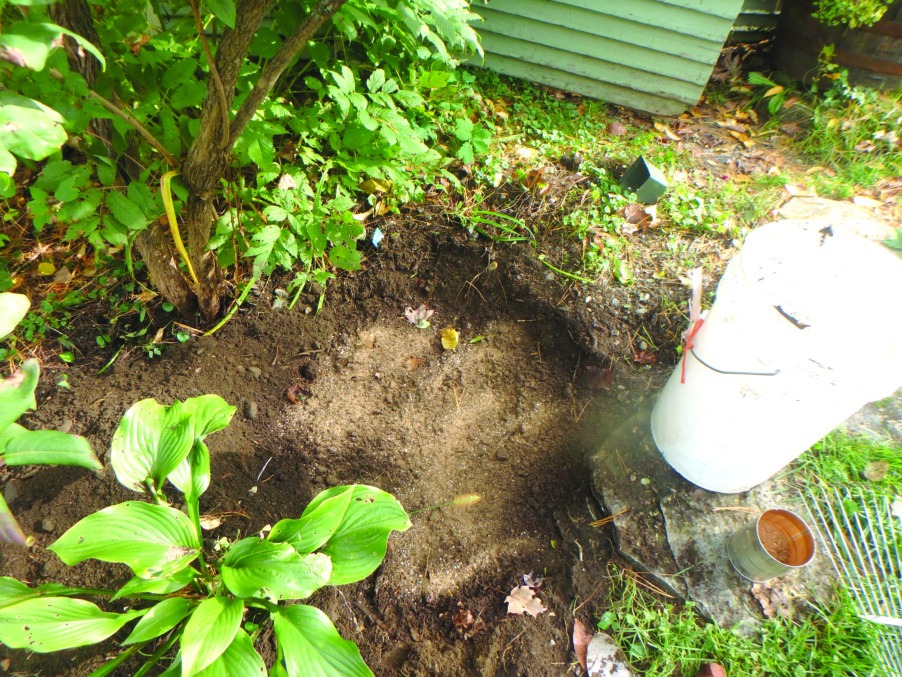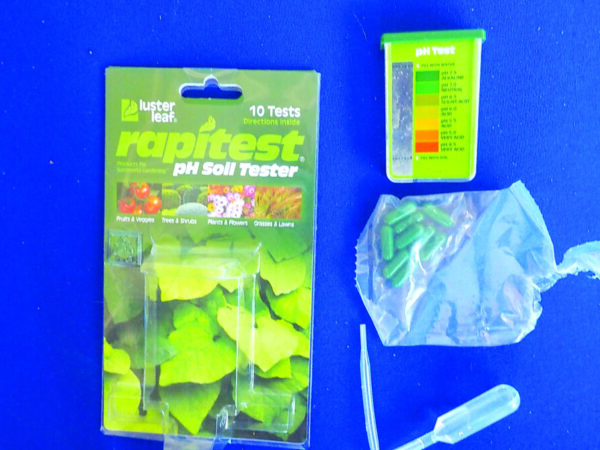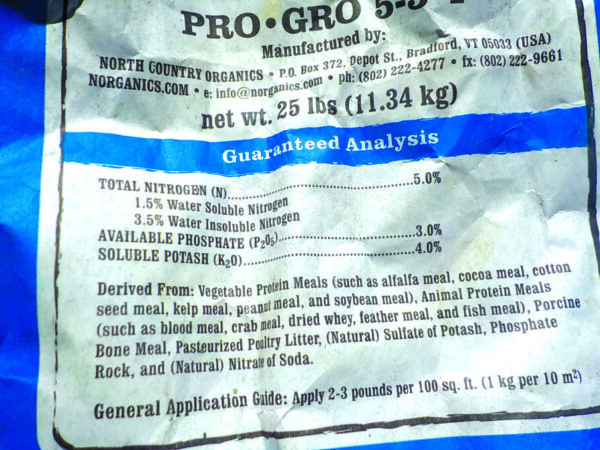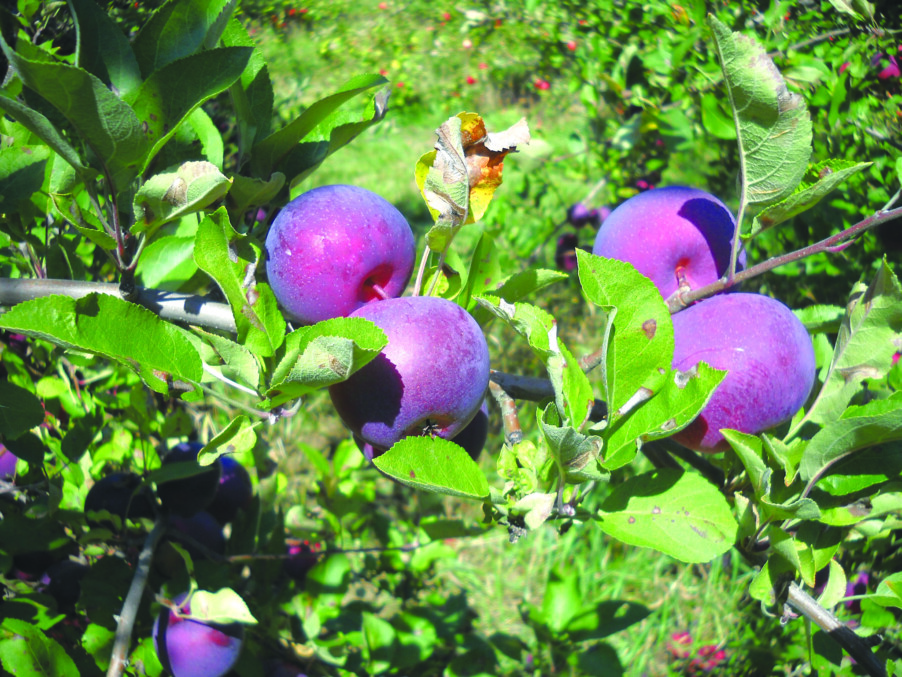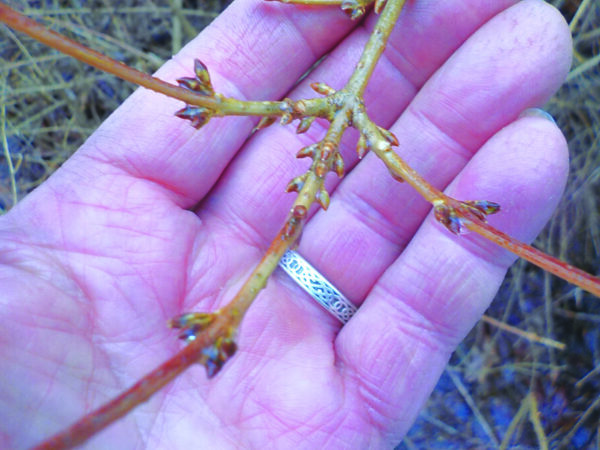Plant summer-blooming flowers now
I like dahlias. They are bright and come in many colors with blossoms from the size of daisies to the size of dinner plates. My wife, Cindy, loves dahlias. Every year we have discussions about how many we should plant and where they might go. I believe there is such a thing as too many dahlias. Cindy does not.

Each fall we dig up our dahlias a week or so after the first hard frost but before the ground freezes. We store them in a cool basement in boxes filled with sphagnum moss or sawdust that is lightly moist. The problem is, each plant produces a dozen or more tubers, and each and every one will produce a new plant the next summer.
If you have purchased dahlia plants at a greenhouse in the past, maybe this year you would like to try planting some tubers. They tend to be less expensive, and there is definitely more variety. Go to your local garden center or go online and order tubers.
Choose a 6-inch pot and fill it three quarters full with potting soil. Place the tuber so that it is lying flat on the surface, and cover with a few inches of potting soil. Pat it down, water lightly, and let it be. When it is ready, it will send up shoots and then it will need some bright lights. They have tiny “eyes” or growing points, and if you can spot one, be sure to plant it on the top side. But eyes are not always easily identified.
I grow ours on a plant stand with fluorescent lights and have never tried them on a bright windowsill, but I guess that would work, too. If you find your plants on a windowsill are floppy or pale, switch to artificial lights if you have them.
I love calla lilies. These beauties are not true lilies at all, but members of the Arum family (which includes Jack-in-the-pulpit, skunk cabbage and the house plants dieffenbachia and philodendron). Calla lilies are perennial in warm climates but, like dahlias and gladiolas, must be dug and brought inside before the winter here. Now is the time to start some calla rhizomes (a bulb-like modified stem) indoors. Plant them with the smooth side down.

One of the advantages of growing calla lilies is that they are not true lilies, hence not bothered by that dastardly red bug, the lily-leaf beetle. The lily-leaf beetle attacks Oriental and Asiatic lilies that I do so love but have given up growing. Calla lilies also bloom for a much longer time than true lilies, though they lack the fragrance of Oriental lilies.
To start calla lilies indoors now, buy rhizomes now at your local garden center or from a reputable supplier. The rhizomes need to be planted about 3 inches deep, then covered with potting mix. It is a good plant for people who tend to overwater their houseplants, as they thrive in moist soil. (By the way, start doubling the water to your rosemary plants if you over-wintered any. Otherwise they will dry out and die).
Once summer is here you can either transplant your potted calla to a nice sunny spot, or keep it in the pot and move it outside. Come fall, you will need to bring them inside, as temperatures around 20 will kill them. Callas need to go dormant in winter.
When buying some calla lily rhizomes at my local garden center, I also bought some gladiolus corms (commonly called bulbs). My gardening grandfather loved growing gladioli, and won ribbons at the Worcester, Massachusetts, county fair most years.
Gladiolus corms are relatively inexpensive so most gardeners don’t bother saving them. Classic colors are red, yellow, pink and purple. I recently bought bulbs that will produce flowers with pink, white, and white with pink designs at my local garden center. I will wait and plant them directly in the soil in my garden in June.
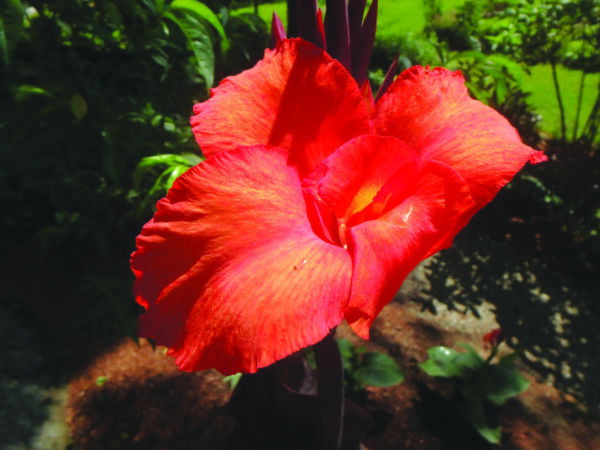
Another summer beauty is the canna lily. We grew some that were 6 feet tall last summer and they bloomed from mid-summer till fall. Buy rhizomes now and start them indoors to get a good jump on the season. They come in various sizes, and with green or purple foliage.
My favorite summer bulb plant is called a variety of common names: peacock orchid, sword lily, or fragrant gladiolus (even though this plant is not an orchid, a lily or a gladiolus). That’s why I like Latin names. If you ask for acidanthera murielae, plant-knowledgeable people around the world will know what you mean. But for now, I’ll refer to it as sword lily.
The sword lily has long, narrow leaves — like swords — that stand 18 inches or more tall. The blossoms are white with deep purple markings in the center of the six-petaled flower, along with a little yellow at the very center. You get two or three blossoms per stem, and they are enticingly fragrant, particularly in the evening. I’ll plant them now, eight to 12 bulbs 3 inches deep in a 12-inch pot, and grow them on the deck this summer.
I don’t know about you, but I need all the green growing things around me I can get as mud season lingers on. So get your summer bulbs now, before they are all sold out, and start a few indoors.
Featured photo: Sword lilies are highly fragrant in the evening. Courtesy photo.


